ピアノを録音することで、自分が演奏した曲を聞くことができます。
自分の演奏をじっくりと聞いてみるとタッチの違和感やテンポのズレなど、細かい間違いに気づくことができます。
これはピアノの講師を含めて、人から指摘を受けるよりもモチベーションが上がりやすいだけでなく、耳を鍛えることにもなり、結果的にピアニストとして成長を促してくれます。
しかし、どうやって自分の演奏を録音すれば良いのでしょうか。
最も簡単な方法は、スピーカーから聞こえる音をスマートフォンやボイスレコーダーなどで録音することです。
しかし、これではノイズが入りやすく、細かいタッチの違いに気付くことができません。
今回は、電子ピアノ(キーボード)の最も効果的な録音の方法を紹介します。
目次
録音する方法
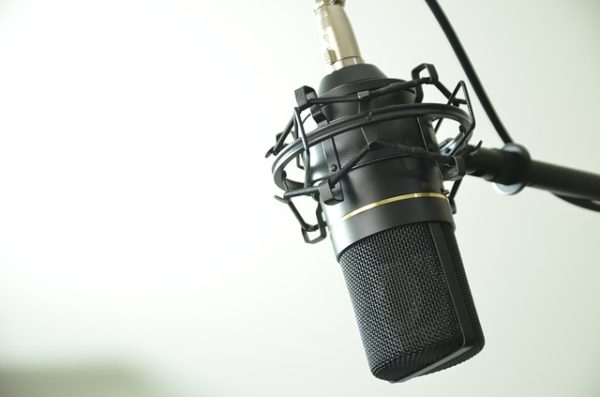
電子ピアノやキーボードからの演奏をを簡単に録音する方法の概要は次のとおりです。
電子ピアノやキーボードから音声出力端子から適切なオーディオの入力端子にコードを接続します。その後、パソコンや、iPad等のタブレット、スマートフォン等の再生機器にデータを移行し、ヘッドフォンやスタジオモニターを使用して聞きます。
非常にシンプルですね!
では細かく段階に分けて詳しく説明していきます。
ステップ1:音が出力される端子を確認する
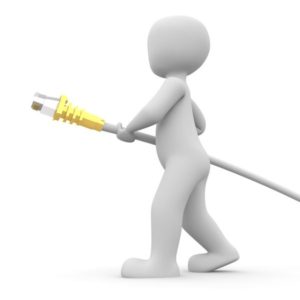
多くの電子ピアノ、キーボードまたはシンセサイザーにはスピーカーが付いています。しかし、録音するためにはこのスピーカーとは別に音が出力される端子が必要になります。
お手持ちの取扱説明書を確認してください。 「Aux Out」または「Line Out」というラベルが付いている場合はそれが目的の端子です。あるいは、ヘッドフォン用の端子でも問題ありません。
ステップ2:再生する機器を準備する
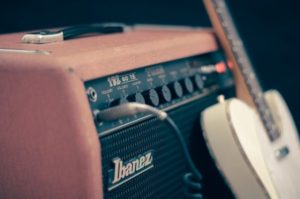
録音した曲を実際に音を再生する機器を決めましょう。
例えばパソコン、iPhoneなどのスマートフォン、またiPadなどのタブレットです。
ちなみに次のステップでは「録音する機器」を決めます。
これはこのステップで選ぶ「再生する機器」によっては必要ない場合があります。
例えばマイク端子のあるパソコンに録音して、そのままパソコンから再生したい場合です。
ステップ3を読んで録音と再生を併せてお選びください。
ステップ3:録音する機器を準備する
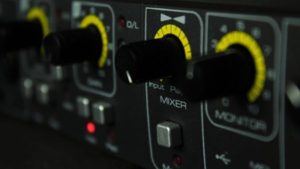
電子ピアノやキーボードをうまく録音するには、何らかの録音する機器が必要です。
質の良いものであれば数万円や数十万円する場合があります。
しかし、これはとても重要な要素です。
この機器の最低条件は音声入力の端子、またはマイク端子があることです。
この端子には一般的に「Aux In」または「Line in」、「マイクのロゴ」や「MIC」のラベルが付いています。
※左右別々のモノラル端子の場合などは、記載が異なります。
単に個人で音を聴くだけであれば最も効率的な方法はパソコンを録音機器として使うことでしょう。
録音したものをネットで公開したい場合などは「オーディオインターフェース」と呼ばれるものを準備することをおすすめします。
オーディオインターフェースとは「音の出入り口」という言い方をよくされます。
これは音を録音しパソコンなどの記録媒体に中継し、そこから再生機器へ中継する役割を持っています。
パソコンには標準でこの機能が備わっているため、直接録音・再生ができるわけです。
しかしパソコンに備わっているこの機能は決してレベルが高くありません。
そのため、高音質で音が入ってきても低音質で出力されてしまうのです。
逆にオーディオインターフェースを使えば高音質のまま変換してくれるため、よりクリアな音で録音することができるのです。
例えて言うとテレビです。
若い方には分からないかもしれませんが、テレビがデジタルハイビジョン(地デジ)に変わった時、それに対応していないブラウン管テレビにチューナーをつけて無理やり映しても画質はよくありませんでした。
コレと似たような現象です。
再生までの流れを図で書くと以下のような感じです。
矢印の太さは音質の良さを表しています。
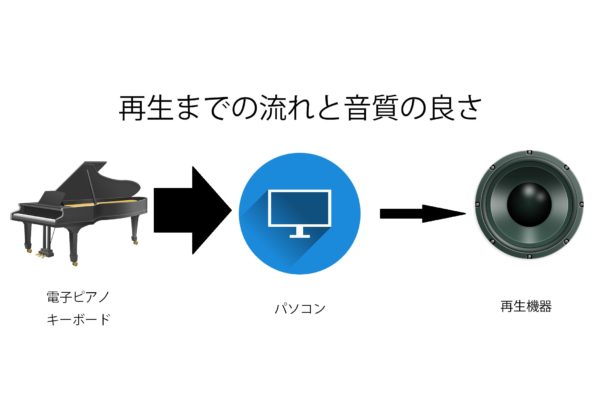

おすすめのオーディオインターフェースはヤマハの「AG03」です。
ネットでは「歌ってみた」や「ゲーム実況」などでよく使われているオーディオインターフェースです。
初心者にも扱いやすい仕様となっており、これを使って録音することで「一人連弾」も簡単に行なえます。
パソコンも、オーディオインターフェースも購入するつもりがない方は、タブレットやスマートフォンに録音することもできます。
スマホのusbからマイク端子に変換するアダプターを差し込むだけです。イヤホン端子からマイクを接続することもできます。
ステップ4:正しいケーブルで接続する
入力と出力の端子を確認したら、それに対応したケーブルを準備する必要があります。
端子、ケーブルの種類をしっかり見て間違った買い物をしないようにしましょう。
またケーブルの長さも重要です。
特に電子ピアノの場合、簡単に動かすことはできませんので、録音する際の部屋のレイアウトを考えて、十分な長さのケーブルを用意してください。
ただし、ケーブルは長くなればなるほどノイズが入りやすくなります。
「とりあえず長いの買っとけばいいだろう」と安易な気持ちで購入してしまうと、後で後悔することになりかねません。
ピアノから録音機器までの最適な長さを決め、それにあった長さのケーブルを選びましょう。
音声ケーブルと端子には多くの種類がありますが、今回は代表的な2つを説明します。
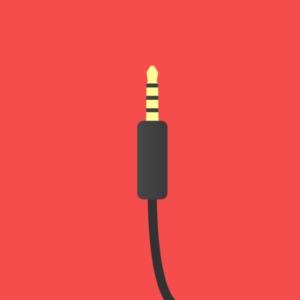
miniケーブル
いわゆるイヤホンやヘッドフォンで使用されている端子のケーブルです。
一つの穴でステレオにも対応しており、「Line out(in)」や「AUX out(in)」のラベルが付いているものはこのケーブルが使えます。
注意が必要なのが、同じminiケーブルでもモノラルでしか通信できないケーブルがあります。
この違いは、端子についている黒い線の数です。
この線の数が1本のものは「モノラル」、2本あるものは「ステレオ」に対応しています。
フォーンケーブル(シールド)
こちらは世界中の音響機器で一般的に使われているケーブルです。
特徴はminiケーブルに比べて、端子が一回り太いことです。
また、ノイズも入りにくいとされています。
私が持っているYAMAHAの電子ピアノもこの端子が付いています。
こちらの端子の場合は、ケーブルの他に、変換プラグも多く販売されているためminiプラグと併せて購入してもいいでしょう。
ステップ5:ソフトウェアを準備する
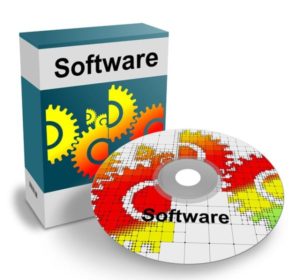
次に録音するためのソフトが必要です。
これは正直あまり重要ではありません。
音質で重要になってくるのはソフトよりもハードになります。
市販の高価な録音ソフトを購入する必要はありません。
おそらく、オーディオインターフェイスを準備された方は、それに録音に使用できるソフトウェアが同梱されています。
パソコンを使って録音する場合も、無料または安価なアプリがたくさんあります。
個人的には「Audacity」というソフトを使っています。これは無料で録音を始め、録音されたファイルのノイズ除去や複数ファイルの同時再生(一人連弾)ができます。
気になる方は検索してみてください。
ただし説明書などは基本的には英語メインです。
またMacやiPhoneをお使いの場合、Apple製の「Garageband」というアプリでも、録音・編集することができます。個人的には使いにくいと感じたため使わなくなりましたが、改善も徐々に進んでおり今後に期待です。
単純な録音のみであれば、パソコンについているソフトで問題ありません。
例えばWindowsの場合は「ボイスレコーダー」もしくは「サウンドレコーダー」といったソフトが標準装備されています。
Macでは「QuickTimePlayer」を使って録音できます。
AndroidやiPhoneでもボイスレコーダー機能の無料アプリを使うことで録音が可能です。
ステップ6:実際に録音、再生する
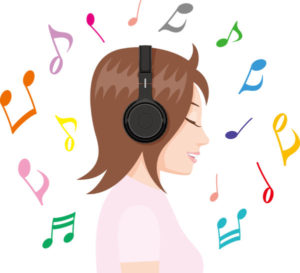
オーディオインターフェイスを使って録音するときは、通常、インターフェイスを通して録音したものを聞くことができます。
ただし、出力がないレコーディングインターフェイスを使用している場合は例外です。
パソコンやスマホで録音した場合は、そのまま再生するだけです。必要に応じてヘッドフォン等を接続しましょう。
(ステップ7 改善点を見つける)

目的が【ピアノの練習】であれば、自分の演奏を客観的に聞いてみて、違和感を感じることがないか確かめましょう。
例えば次のようなことに注意して聞いてみてください。
- テンポ:特に小指を使っている音のテンポが乱れていないか
- 音の大きさ:意図していないのに、指や鍵盤の場所によって音の大きさにばらつきがないか
- 音のつながり:鍵盤を離すタイミングが早すぎて、音がプツンプツン途切れていたり、遅すぎて音が重なっていないか
この3つは特に初心者の方ほど、出来ていないことが多いものです。
自分で大丈夫と思っていても、客観的に聞いてみると意外と自分の演奏の弱点に気付くことがあります。
もし何かしらの違和感を感じたら、それはピアノのスキルを更に向上するチャンスです。
練習→録音→再生を繰り返し、満足のできる演奏を目指しましょう。





コメントを残す